|
Quest Nature Tours |
|
Galapagos - Darwin's
Enchanted Isles
- page 5 of 7 |
 |
|
Marine Iguanas are endemic to Galapagos,
with seven different subspecies on different islands. This Marine
Iguana on Espaňola is the most colourful subspecies. After feeding
in the cold current, they digest their food by turning their side to
the sun. Then to avoid overheating they turn to face the sun head
on. Punta Suarez on Espaňola. 10 November 2014. |
| |
|
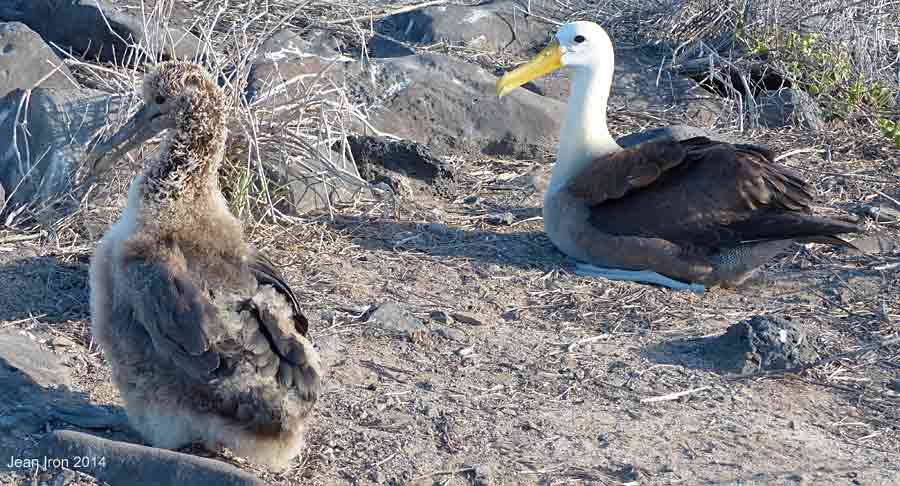 |
|
Waved Albatross adult (right) and young.
The adult had just returned from a feeding expedition at sea and fed
its single downy young in front of several from our group. Waved Albatross is endemic to Galapagos.
They return to the islands to breed on Espaňola between March and
December. Their young are now close to fledging and soon adults and
young will
leave Espaňola to winter off the coast of South America. Punta
Suarez on 10 November
2014. |
| |
|
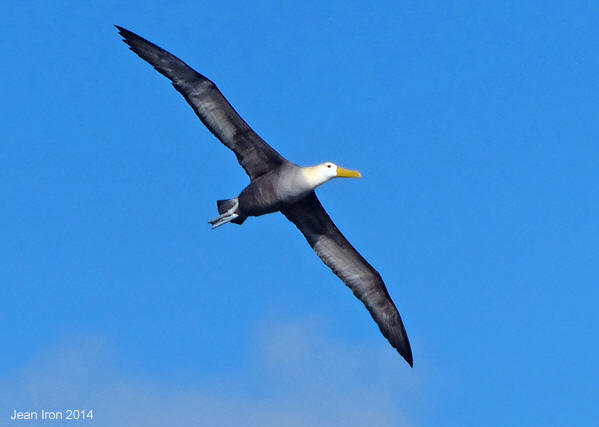 |
|
The Waved Albatross is the largest bird
in Galapagos with a wingspan of 2.35 metres. It is a breathtaking
sight to see it soaring over Espaňola. 10 November 2014. |
| |
|
 |
|
Blue-footed Booby is
the signature bird of Galapagos. Espaňola on 10 November 2014. |
| |
|
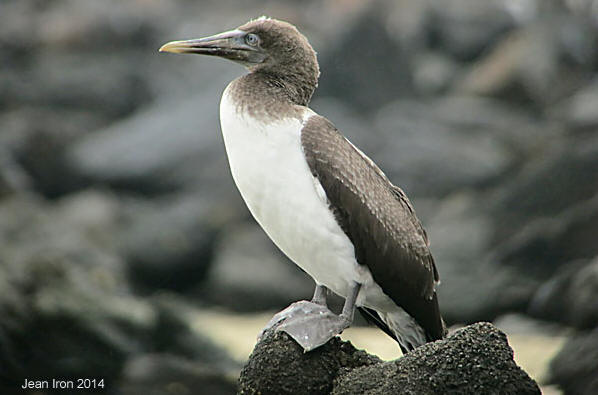 |
|
Young Blue-footed
Booby on Espaňola. 10 November 2014. |
| |
|
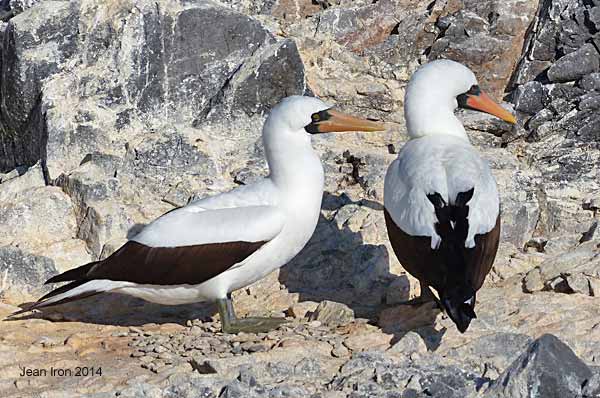 |
|
Pair of Nazca Boobies
on Espaňola. 10 November 2014. |
| |
|
 |
|
Endemic Galapagos
Flycatcher on Espaňola on 10 November 2014 |
| |
|
 |
|
American (Galapagos)
Oystercatcher with two eggs in the booby colony on Espaňola. 10
November 2014. |
| |
|
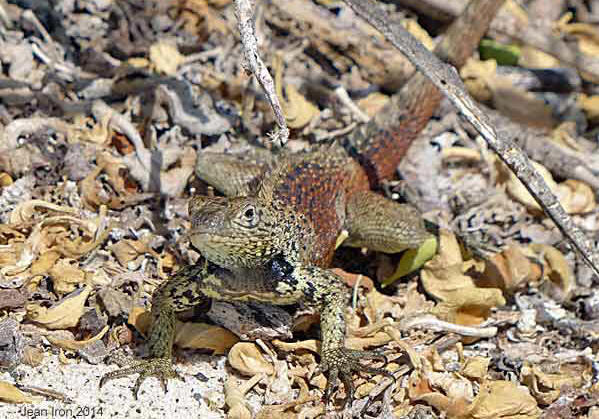 |
|
Endemic subspecies of
Lava Lizard Microlophus delanonis on Espanola. 10 November
2014. |
| |
|
 |
|
We're looking closely
at the well marked Lava Lizard in the previous photo. Espanola on 10
November 2014. |
| |
|
 |
|
Hood
Mockingbirds are endemic to the island of Espaňola and are very curious. Gardner Bay on Espaňola, 10 November
2014 |
| |
|
Now go to page 6 |
| |
|
|